The subtleties of building a shed from OSB-slab
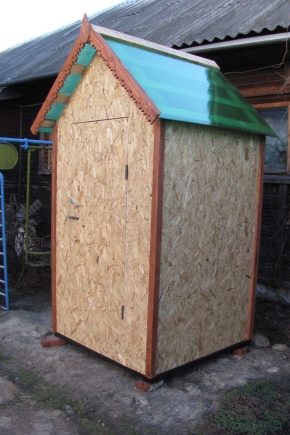
Supplementing the house with various buildings is a very important component when arranging any country or subsidiary property. But auxiliary structures have long been demanding not only reliability and strength, aesthetic parameters are now of decisive importance in their assessment. This requirement fully applies to sheds and household blocks.

Peculiarities
An increasing number of developers, creating a shed with their own hands, sheathe it using OSB plates. Clumsy boarding and painted sheet metal already look archaic against this background. The oriented plate is affordable and easy to use. Wall lathing is done only after the roof finishing has been completed. Moreover, only after the final finishing of the walls comes the turn of installing doors, windows, and so on.
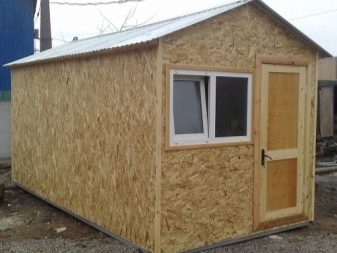
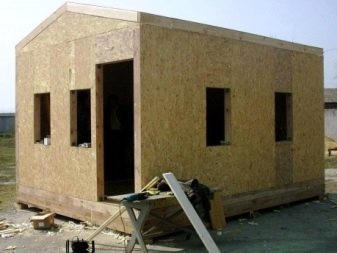
Design and placement
First of all, you need to decide whether the shed will stand apart, or it will begin to adjoin the house.
It can be built in both cases in about the same time, but there are other considerations:
- for building it is worth giving the least valuable piece of land for growing fruits and for ornamental plants;
- it is best if it will be possible not only to approach the auxiliary building, but also to drive up by car;
- it is recommended to choose the point from where it is easiest to get to the house, and to any place in the vegetable garden (garden), and to the gate at the same time.
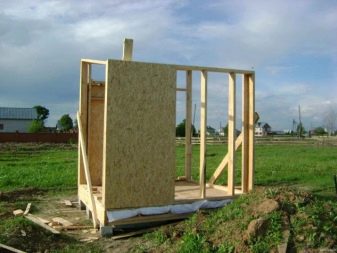
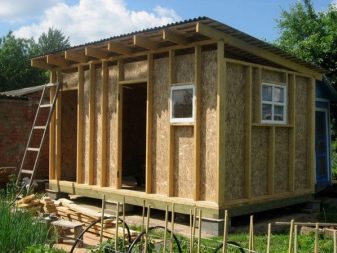
Despite the seeming simplicity of the work ahead, you should not make light outbuildings without drawings. It's not just that there can be poor visuals. It is a drawing or at least a sketch that is extremely important for choosing the right place and for assessing suitable dimensions, as well as for calculating the total need for materials.
Important: you should first draw up a general plan of the territory, existing and planned development, and only then start drawing up more private projects.
This will avoid many ridiculous incidents that often overtake inexperienced builders.
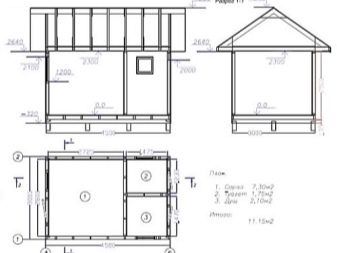
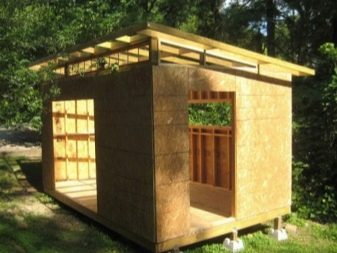
Execution of works
The step-by-step instructions in any case prescribe that you first clear the area and level it to the ideal reading of the hydraulic level. It is categorically unacceptable to leave bushes and even grass or single roots. The easiest way to make the foundation yourself is to use ready-made blocks. They are laid out around the perimeter. The alternative is a pillar base, here you will have to dig holes and after filling the sand cushion, put the same structures vertically inside.

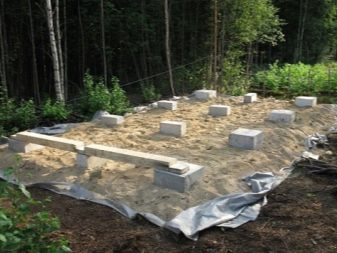
Another method is to pour concrete mortar, which, when solidified, turns into an excellent base.
The next steps during construction will be:
- assembly of downstream piping;
- processing it with an antiseptic;
- flooring from boards that are protected from rot;
- installation of the original frame rack and fixing it to a metal corner;
- attaching a temporary spacer for greater rigidity;
- fixing the OSB sheet;
- repeating the same manipulation with other stances.
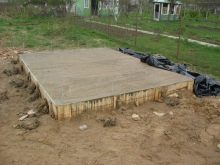
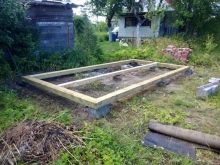
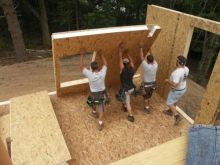
When all this is completed, you only need to paint the walls and make a threshold. It is recommended to fix the sheets to the bottom line of the frame with an indent of 50 mm. It is achieved by adding a bar of the required height to the original strapping. After the sheet abutting against this part is fixed, it can be transferred to another place and the procedure repeated.The most rational dimensions for a barn are 3x6 m; less is impractical, and not everyone needs to increase the area additionally.
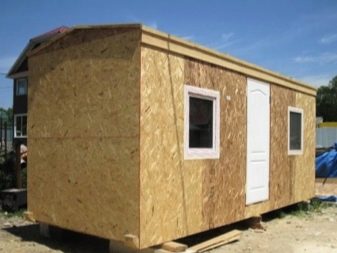
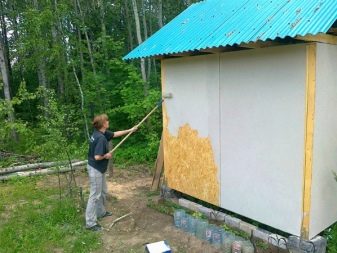
Recommendations
If the foundation is poured using formwork, it is enough for it to protrude 20-30 cm. Reinforcement should be introduced into the cushion made of a mixture of sand and gravel before pouring concrete. The roof is almost always single-pitched; more complex options are needed in extremely rare situations.
The distance between the parts of the rafter complex is ideally 60-80 cm, according to this, the number of rafter legs is calculated.
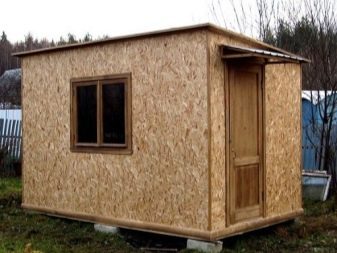
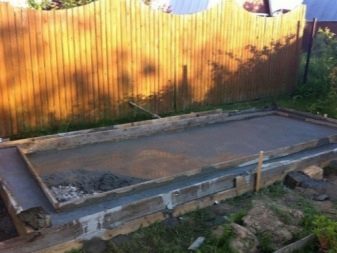
Covering the roof with galvanized steel eliminates the need for lathing. Layout of sheets should be done with an overlap. If it is decided not to sheathe the walls with siding outside, but to use an edged board, the recommended overlap is 2.5 cm. This avoids the appearance of cracks during subsequent drying and shrinkage of the material; paint is most often applied to finishing elements before cladding. When designing, we must not forget about the standard distance to other buildings, to neighboring fences and to public roads. For the formation of floors, boards with a thickness of 4 cm and more are used, which do not have grooves.
Floor insulation is done most often with mineral wool. The stuffing is carried out from the wall to the entrance. If possible, place a shed in your backyard where it will not spoil the view. The location of the entrance should be as free and easily accessible as possible in order to use it calmly. The best places are located in elevated areas, and by raising the barn above the ground, you can additionally protect it from corrosion and decay; it is advisable to immediately design everything so that there is no need for an extension.

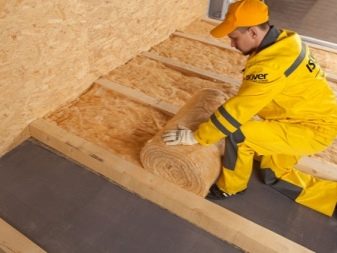
You can learn how to build a shed from an OSB slab with your own hands from the video.





























































The comment was sent successfully.